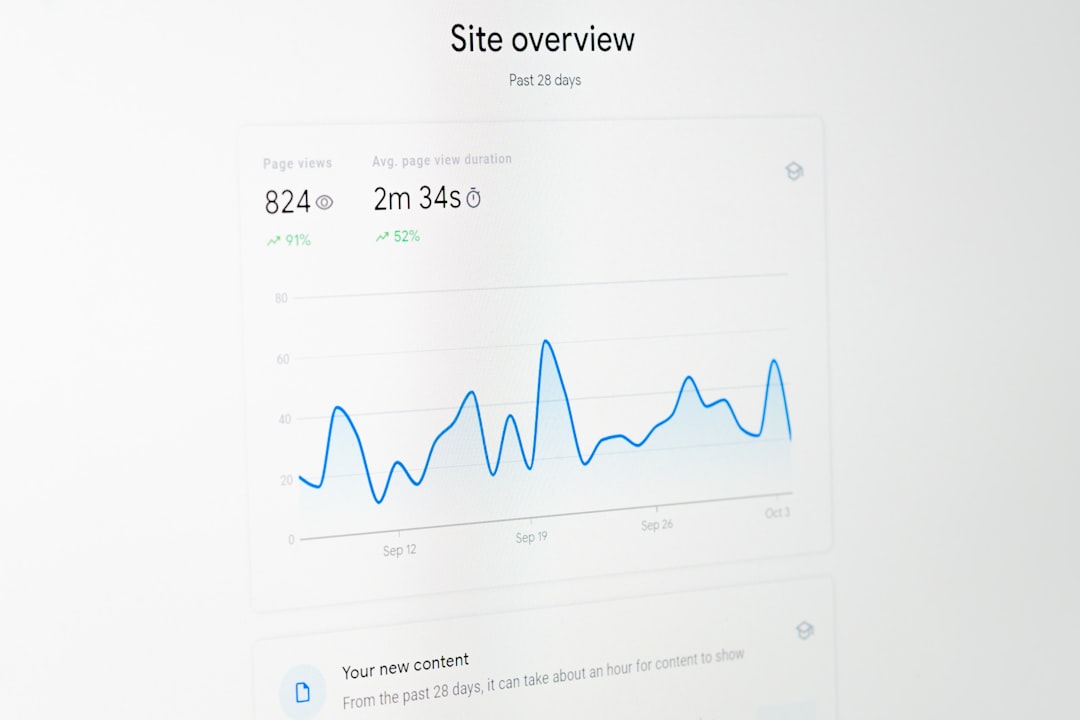In the ever-evolving realm of digital experiences, the way users interact with search functionalities can make or break their perception of a website. Business websites, e-commerce platforms, blogs, and knowledge bases all have one thing in common: the need to help users find relevant information quickly and effortlessly. This is where the debate between Deep Search and Basic Search becomes a focal point for both User Experience (UX) designers and SEO specialists.
At its core, the objective of site search is to provide users with a precise, fast, and relevant method to locate information. How well a search system delivers on these promises significantly affects bounce rates, engagement time, and conversion rates. This article will explore how Deep Search and Basic Search differ, their impacts on UX and SEO, and which one might be better suited to enhance both user satisfaction and search engine visibility.
Understanding Basic Search
Basic Search is often characterized by its simplicity and speed. It typically involves keyword-matching algorithms that scan through a predefined index of pages, products, or documents. Basic Search may deliver results based on exact matches or simple boolean queries such as “AND”, “OR”, or “NOT.”
- Low resource consumption
- Fast response times
- Readily available in most CMS platforms
- Optimized for structured content
While speedy and cost-effective, Basic Search systems often fall short in understanding user intent, synonyms, misspellings, and natural language. This can result in irrelevant results or even empty result pages, frustrating users and negatively impacting user retention.
What Is Deep Search?
Deep Search is a more sophisticated type of internal search that utilizes artificial intelligence, machine learning, and Natural Language Processing (NLP) to uncover contextually relevant results. These engines are designed to understand the context, behavior, and intent behind a user’s query rather than relying solely on keyword matching.
Features of Deep Search include:
- Semantic analysis and NLP capabilities
- Auto-suggestions and predictive typing
- Advanced filtering and faceting
- Personalized results based on user behavior

Rather than showing a hundred loosely related documents, Deep Search strives to deliver precisely tailored content. This makes it suited for large and complex websites, such as e-commerce platforms or corporate knowledge bases where accuracy is a priority.
User Experience: Which Search Wins?
From a UX perspective, the goal of search functionality should be to minimize friction and maximize satisfaction. Let’s compare the two head-to-head across several critical user journey metrics:
1. Speed and Simplicity
Basic Search scores well here. Its lightweight nature ensures quick loading and simple usage. For users who know exactly what they’re looking for—such as a specific blog post or product name—Basic Search may suffice.
2. Relevance and Personalization
This is where Deep Search significantly outperforms its counterpart. It can interpret user intent, use previous search data, or even demographic information to serve personalized result sets. This creates a tailored and satisfying user journey, especially in content-rich environments.
3. Error Tolerance
Typos, ambiguous queries, and incomplete searches are common. Deep Search can handle these gracefully using fuzzy logic and suggestion algorithms. Basic Search, in comparison, often fails to account for these variables, leading to frustrating no-result pages.
Conclusion on UX: Deep Search offers advanced functionality that aligns with modern user expectations, while Basic Search can be sufficient for simple websites with minimal content.
SEO Implications: Does Search Architecture Affect Rankings?
While site search does not directly impact external SEO rankings, there are indirect connections worth noting. Google doesn’t typically crawl internal search result pages, but an enhanced search experience still affects overall site performance in these ways:
1. Improved Bounce Rate and Time on Site
Engaged users tend to navigate deeper into websites. If the internal search is helping users find valuable content quickly, they are more likely to stay longer, send positive dwell-time signals, and reduce bounce rates—all of which are quality indicators for search engines.
2. Better Content Discoverability
Deep Search often surfaces content that is buried deep within a site’s architecture. Visitors and search engines alike benefit from better content exposure, which can indirectly enhance visibility and indexing.
3. Enhanced User Signals
Google considers user signals such as engagement metrics and task completion rates. If Deep Search leads users to complete a purchase, book an appointment, or read more pages, it sends a signal that your site is solving user intent—a core SEO principle.

4. Zero-Result Queries
A high volume of searches that return no results can be detrimental. It’s a sign that your site may not be properly optimized or that the search engine isn’t configured properly. Deep Search systems usually include analytics tools that can highlight such issues, allowing for SEO-specific optimizations like bridging content gaps or rewriting metadata.
Technical Considerations
Implementing Deep Search is not without its challenges. It requires:
- Integration with site architecture
- Machine learning models for query understanding
- Advanced back-end infrastructure
- Continuous optimization based on real-time data
By contrast, Basic Search can often be deployed with default tools in content management systems like WordPress, Shopify, or Joomla. However, this ease of use comes at the cost of reduced performance and customization.
Use Cases: When to Use Which?
| Scenario | Recommended Search Type |
|---|---|
| Blog with Few Pages | Basic Search |
| E-commerce Website with Thousands of Products | Deep Search |
| Corporate Knowledge Base | Deep Search |
| Portfolio or Static Website | Basic Search |
| Online Learning Platform | Deep Search |
The Verdict: Which One Boosts UX and SEO More?
In a content-heavy, dynamic web environment, Deep Search is the superior choice for both UX and SEO. It is better equipped to understand complex queries, personalize results, and adapt to user behavior—features that align with the modern expectations of web users and the indirect ranking signals monitored by search engines.
However, Basic Search still has its place. For small websites or low-traffic blogs, its minimal resource requirement and ease of setup can make it a pragmatic choice. But as the site grows in volume and complexity, migrating to a Deep Search system is advisable to stay competitive both in terms of user satisfaction and SEO health.

Ultimately, enhancing your website’s search function is one of the most effective, yet often overlooked, strategies to improve both user satisfaction and visibility. By choosing the right system for your unique demands, you can turn simple searches into meaningful experiences that drive engagement and revenue.


